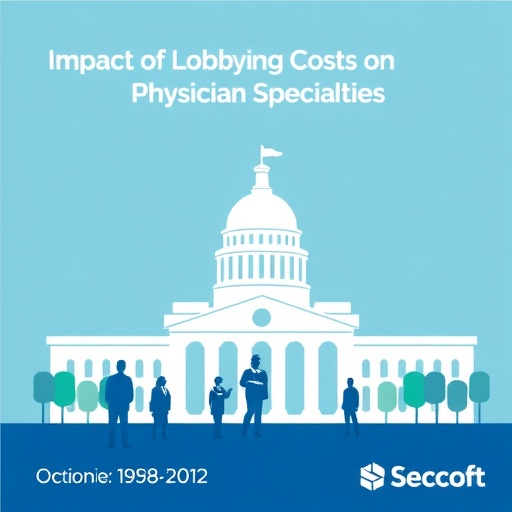
Credit: Unsplash
More sleep could offset children’s excess indulgence over the school holidays as new research from the University of South Australia shows that the same decline in body mass index may be achieved by either extra sleep or extra exercise.
The striking new finding is part of a study that shows how children can achieve equivalent physical and mental health benefits by choosing different activity trade-offs across the 24-hour day.
Conducted in partnership with the Murdoch Children’s Research Institute, and supported by the National Heart Foundation of Australia, the team examined the optimal balance between children’s physical activity, sleep, and sedentary time across the 24-hour day to better inform tailored lifestyle choices.
On a minute-for-minute basis, moderate-to-vigorous physical exercise was shown to be 2-6 times more potent than sleep or sedentary time.
While exercise has a greater and faster impact on physical health and wellbeing, children may be able to achieve the same 7.4% reduction in body mass index (BMI) by either:
- exercising 17 more minutes (moderate-to-vigorous exercise) OR
- sleeping an extra 52 minutes OR
- reducing their sitting or sedentary time by an extra 56 minutes.
Similarly, children may significantly improve their mental health by either:
- exercising 35 minutes more (moderate-to-vigorous exercise), OR
- sleeping an extra 68 minutes OR
- reducing their sitting or sedentary time by 54 minutes.
The study assessed 1179 children aged 11-12 years, from the cross-sectional Child Health CheckPoint Study. Physical wellbeing was measured via BMI, waist girth and body fat; mental wellbeing was measured via self-reported responses on the Paediatric Quality of Life Inventory.
Lead researcher, UniSA’s Dr Dot Dumuid, says that the findings provide options for busy families looking to get the most value out of their day.
“There are many competing time demands in modern families ¬- whether it’s after school soccer, music lessons, or simply walking the family dog, finding the time to fit everything into a single day, can be a challenge,” Dr Dumuid says.
“International guidelines suggest that children need 9-11 hours’ sleep, 60 minutes of physical exercise, and no more than two hours of recreational screen time per day, yet only seven percent of children are regularly meeting these goals.
“With so many competing priorities and commitments, it’s helpful to know which activities deliver the greatest ‘bang for your buck’.
“In this research we calculated how much sleep, sedentary time, light exercise, and moderate-to-vigorous exercise was associated with the same improvements in mental health, physical health and academic achievement.
“For families with very little available time, small increases in moderate-to-vigorous exercise could be an option to improve children’s health and wellbeing; alternatively an earlier night could equally deliver the same health benefits – importantly, it’s the flexibility that these findings offer that make them so valuable.
“Exploring trade-offs between children’s activities is a promising way for families to make healthy choices that suit their regular family schedule.”
The Heart Foundation’s Director of Physical Activity, Adjunct Professor Trevor Shilton, said the Heart Foundation was happy to support such an innovative approach to investigating children’s physical health and mental wellbeing.
“This study confirms that physical activity is the quickest and most effective way to deliver benefits for children’s physical health and mental wellbeing. But the findings also offer some flexibility for families,” Professor Shilton says.
“Helping young people make healthy choices and helping families create an environment that supports them in these choices can improve their quality of life in the future, as well as reducing their risk of chronic diseases, such as heart disease.”
###
Media contact: Annabel Mansfield T: +61 8 8302 0351 M: +61 417 717 504
E: [email protected]
Researchers for media comment:
University of South Australia – Dr Dot Dumuid E: [email protected]
University of South Australia – Professor Tim Olds E: [email protected]
Murdoch Children’s Research Institute – Professor Melissa Wake E: [email protected]
Heart Foundation – Adjunct Professor Trevor Shilton E: [email protected]
Media Contact
Annabel Mansfield
[email protected]
Original Source
https:/
Related Journal Article
http://dx.





